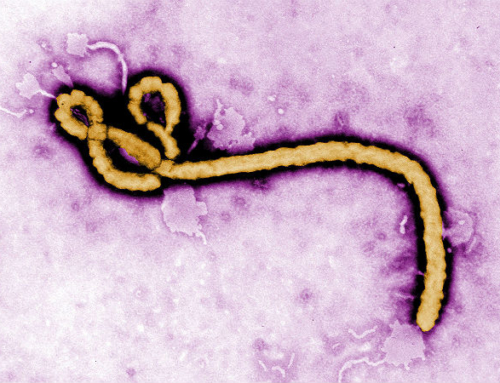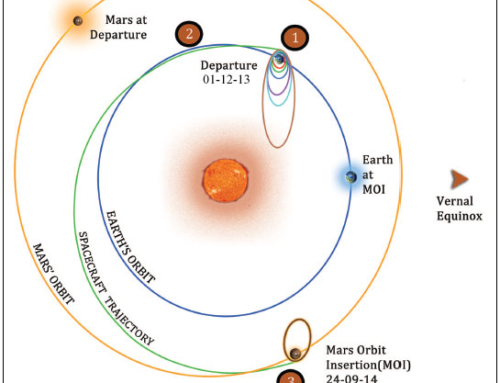Friday, 8th August 2014
The World Health Organisation (WHO) has just declared the Ebola virus outbreak, in West Africa, an international public health emergency, since the disease is spreading at a rate faster than it can be controlled.
The virus causes the Ebola hemorrhagic fever (EHF) also known as the Ebola virus disease (EVD) in humans. EHF is not an air-borne disease; instead it is transmitted through bodily fluids of infected animals especially fruit bats. The disease can also be transmitted between humans through blood or other body fluids. The WHO reports 1,711 cases with 1,070 confirmed as Ebola, and 932 deaths. This by far is the most severe outbreak since the first, reported in 1976, in Zaire and Sudan.
The first case of EHF this year was identified in the Republic of Guinea, West Africa in March. It has now spread to neighbouring countries Sierra Leone and Liberia. The map above provides an overview of the countries affected by the current outbreak (inset box-red regions) and historical cases (blue circles).
In view of the current crisis, we will cover the following in a series of articles to better understand the disease and the current outbreak:
(1) an overview on the virus’ life cycle, the cause of the disease and its signs and symptoms in humans
(2) the prevention, treatment and prognosis for the disease and known measures to restrict further spread and recurrence; and
(3) current research focus in academia and industry on the virus and its treatment
Watch this space…





